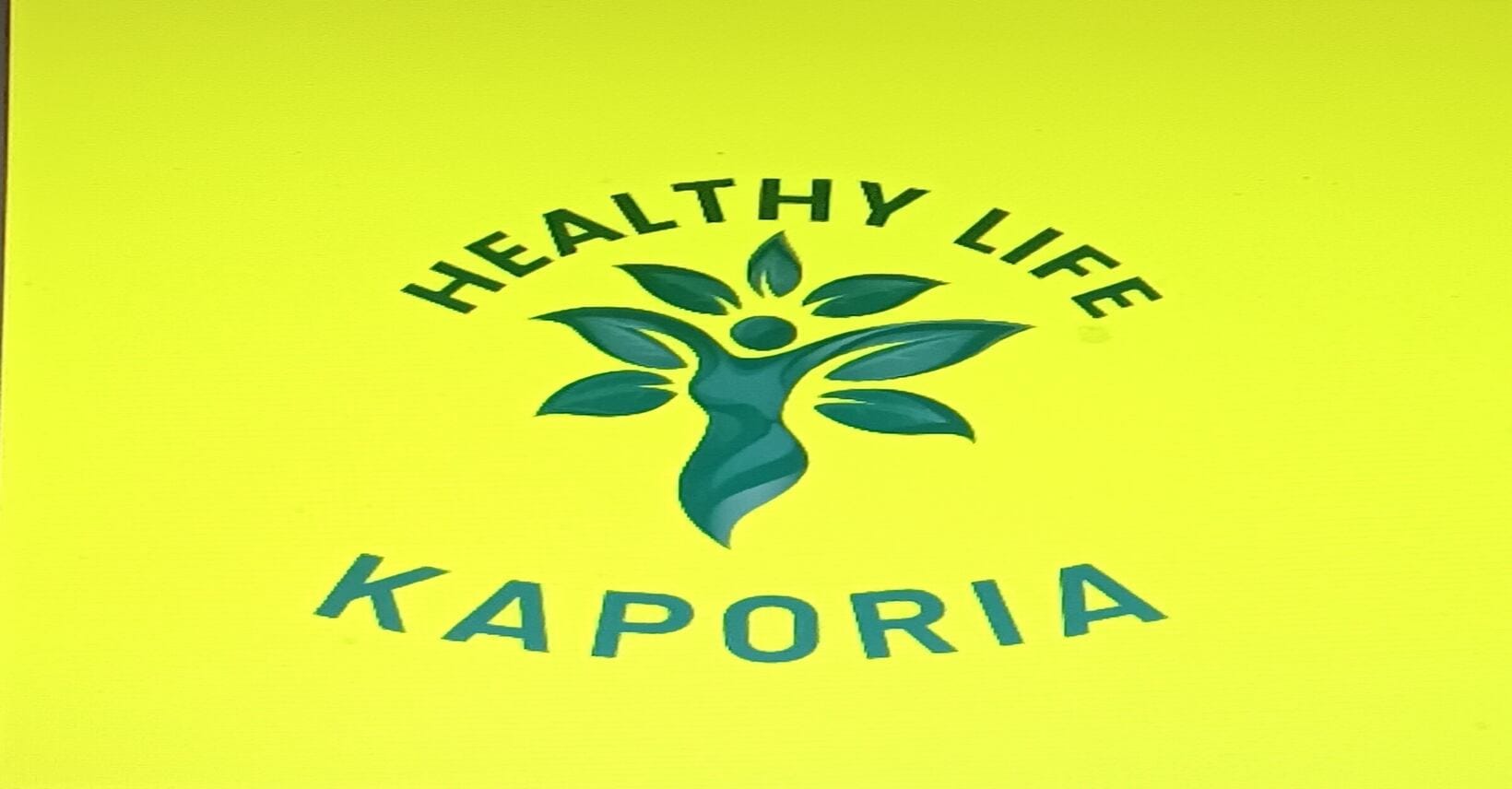[ad_1]
By MICHAEL MILLENSON
Open enrollment season for Medicare, which started Oct. 15 and ends Dec. 7, triggers a deluge of details about varied choices. Since I’m a well being care guide and researcher in addition to a Medicare beneficiary, I’ve regarded critically at what we’re informed and what we’re not. Sadly, info essential each for the person and for the broader coverage aim of shifting towards a “value-based” care system is usually troublesome to seek out or not accessible in any respect.
Probably the most evident instance includes Medicare Benefit, the more and more standard insurer-run plans which might be a substitute for conventional fee-for-service Medicare. Plans obtain a high quality grade from one to 5 stars from the Facilities for Medicare & Medicaid Providers. These grades are designed to incentivize offering the best high quality take care of the cash — the very definition of “worth.” A excessive grade triggers each a lift in cost from Medicare and a lift in enrollment. Not surprisingly, nearly three-quarters of individuals selected a plan with a 4-, 4.5- or 5-star score, according to CMS.
These scores, nonetheless, ought to include a big asterisk hooked up. It’s not simply that the methodology can be controversial, significantly when a decrease grade is meted out. It’s that the star scores aren’t anchored in geography, as one would naturally anticipate; i.e., the score is for the plan provided in my space. What’s colloquially known as a “five-star plan” is definitely a plan that’s a part of a five-star Medicare contract — and people two usually aren’t the identical factor.
As an illustration, one massive insurer contract that I tracked included a minimum of 17 plans scattered throughout the nation. It defies frequent sense to imagine that care high quality is an identical amongst plans in, say, Rhode Island, Mississippi, Illinois, Colorado, and California simply because all of them share the identical authorities contract quantity.
For those who’re questioning who advantages from this not-very-transparent transparency, some insurers have been recognized to enhance the score of a low-performing plan with a small variety of members by merging it right into a contract with extra members and the next score.
In 2024, practically 33 million individuals, or 54% of Medicare beneficiaries, have been enrolled in an MA plan, according to KFF (previously the Kaiser Household Basis). KFF expects that quantity to extend to almost 36 million in 2025. It’s a long-accepted truism that “All well being care is native.” Medicare beneficiaries deserve native plan info.
In the meantime, about 14 million People, or half of these remaining in conventional Medicare, belong to an “accountable care organization” or ACO. As with MA plans, ACO reimbursement includes a big monetary incentive based mostly on high quality measures, though the restrictions on Medicare beneficiaries are a lot looser. As somebody who’s researched ACO patient-centeredness, I do know that Medicare rules require ACO high quality info to be public. The situation of that info, nonetheless, just isn’t required to be proactively shared with ACO enrollees. It may be troublesome to unimaginable to seek out, and even when accessible it usually lacks the readability and context that may make it helpful for a person.
And typically there’s no disclosure. When the ACO to which I belong wrote that it was now in partnership with a inhabitants well being firm, I began to dig deeper. I found — and stick with me right here — the ACO of my nonprofit well being system in suburban Chicago is managed by a separate, California-based inhabitants well being firm that’s partially owned by the primary one, which itself is partially owned by the enterprise capital arm of my well being system. Each these firms are additionally partially owned by non-public fairness companies.
Sure, I’m nonetheless receiving precise care from my native physician. Nonetheless, the obscure time period “partnership” hides who is definitely managing the ACO and the sophisticated monetary ties concerned. I ponder whether even the federal government is aware of the affect of personal fairness and different for-profits doing ACO administration.
Furthermore, though ACO boards are required to incorporate a Medicare beneficiary — presumably to advocate for the aged — there’s, once more, no requirement to proactively disclose that particular person’s identify, biography, or contact info. My ACO board’s Medicare beneficiary’s identify is listed, a minimum of, however he’s recognized solely as “retired.” The very fact is that he’s a businessman who a couple of years in the past sold his company to a personal fairness agency for $2.2 billion and now advises one other non-public fairness agency. The board member listed as a “shopper consultant” appears to be the previous mayor of the California city the place the ACO operator is predicated.
Hidden info is dangerous for the general public and dangerous for public coverage. The best resolution, after all, is complete, voluntary disclosure. Well being insurers, which commonly extol their pro-consumer orientation, understand how every native MA plan is performing; they need to share that info with members. The identical rule for full disclosure of all the things a shopper would need to know applies to those that management ACOs.
Absent a sudden spurt of voluntarism, nonetheless, public safety calls for laws or regulation. The CMS Nationwide High quality Technique guarantees to “have interaction people and communities to grow to be companions of their care.” Questionable or absent details about care high quality and monetary incentives isn’t any solution to deal with a associate.
Michael L. Millenson is president of Well being High quality Advisors & an everyday THCB Contributor. This text was beforehand published in STAT
[ad_2]
Source link

